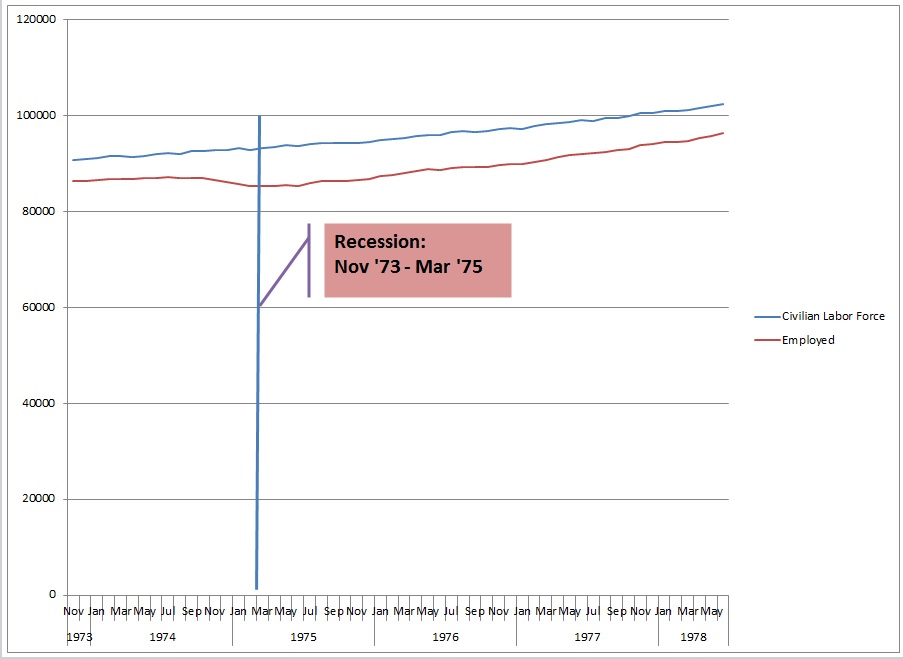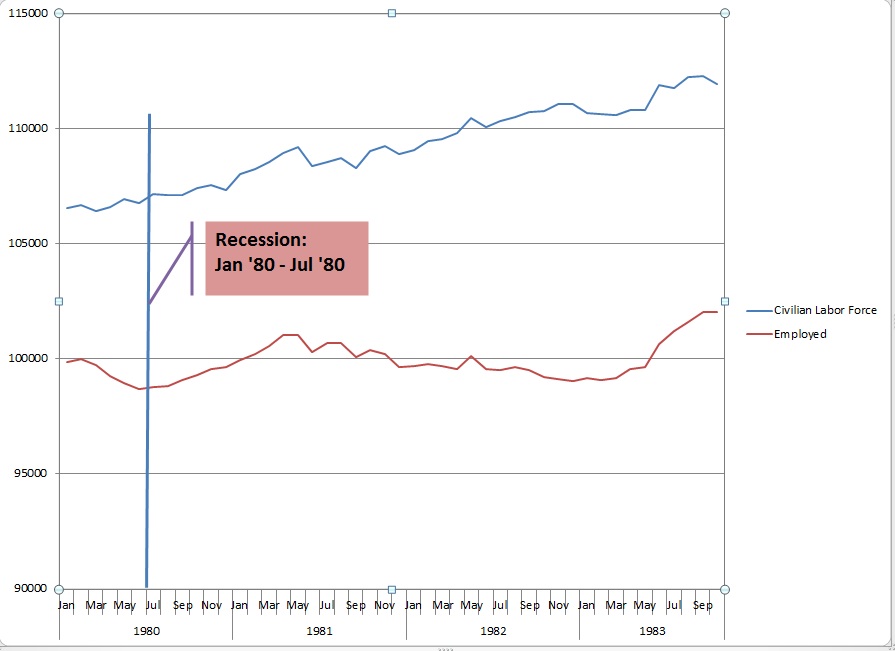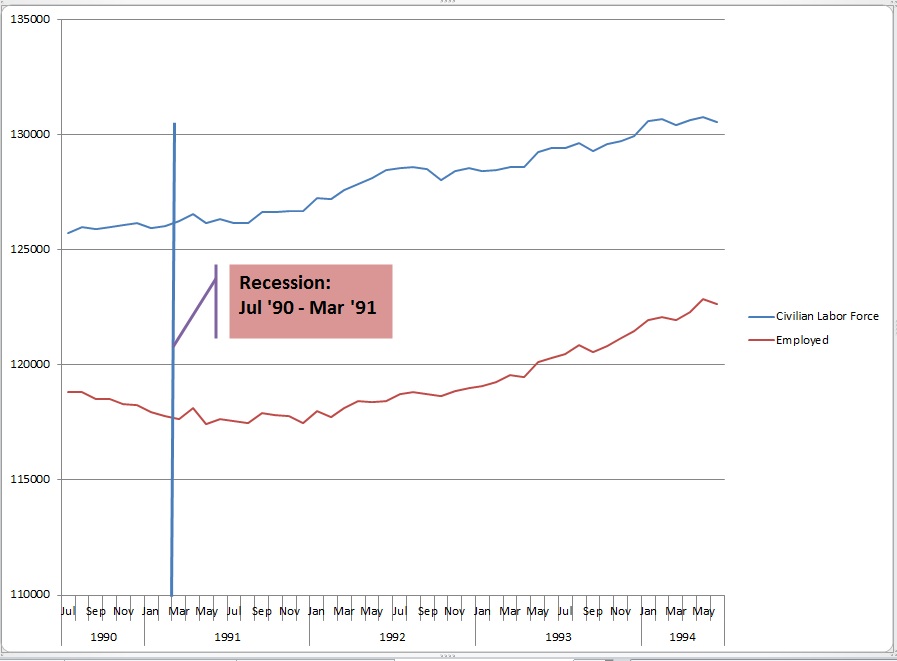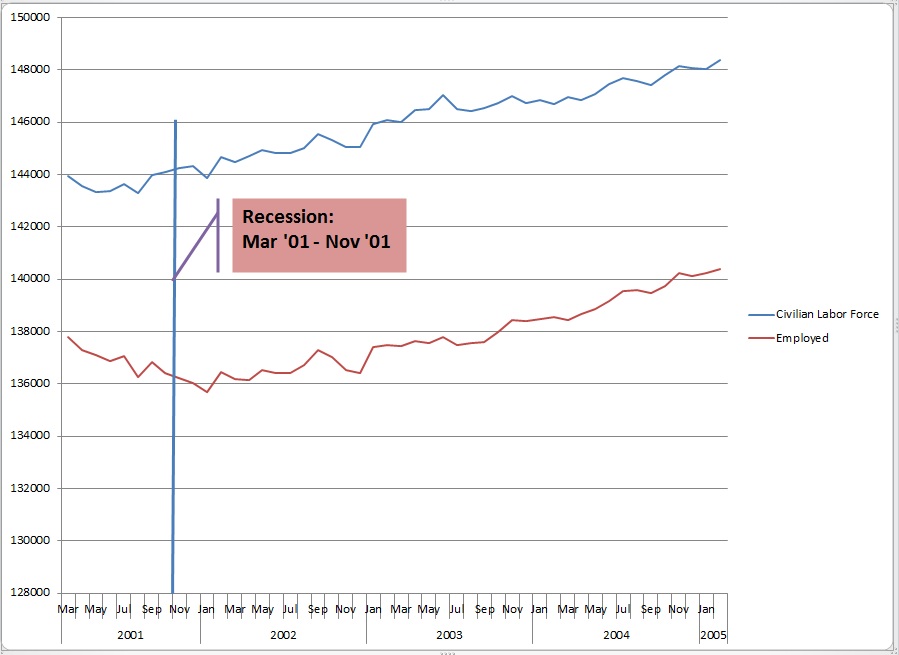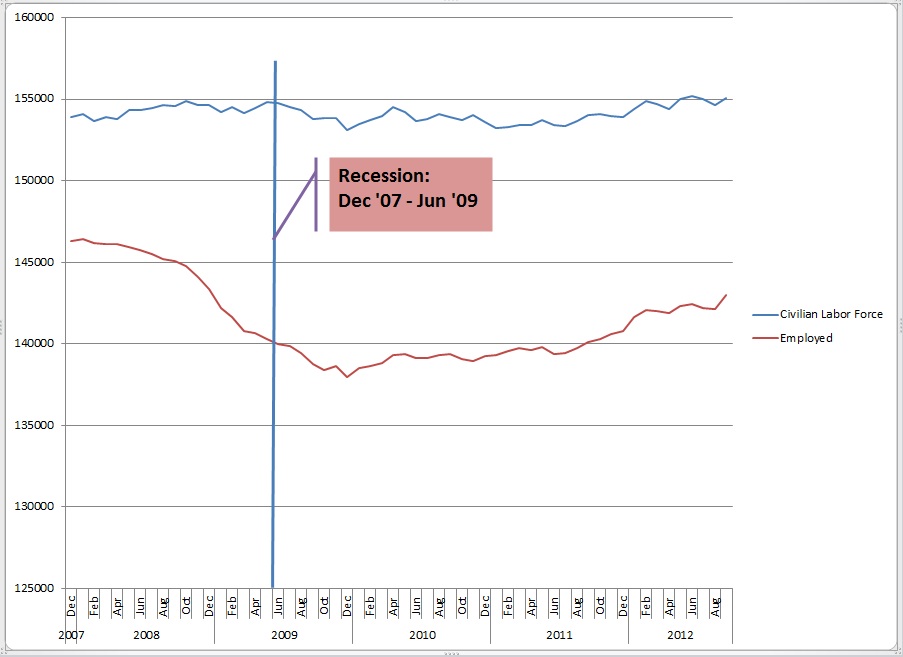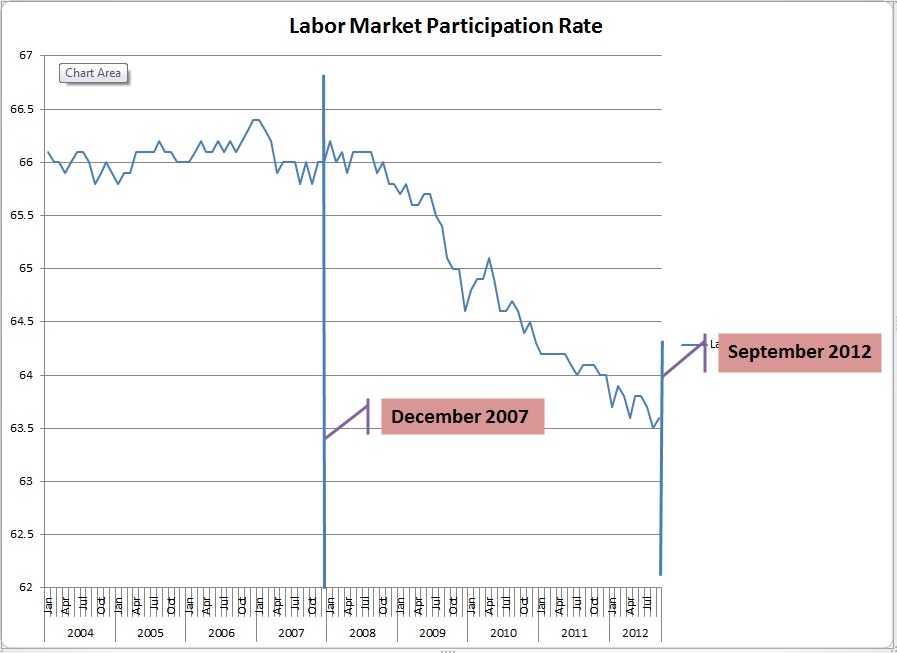Blue World Employment Situation Report Analysis
Release Date: Usually the first Friday of each month
Release Site: www.bls.gov
Market Sensitivity: VERY HIGH
Management Value: VERY HIGH
Friday, November 08, 2013
Brain surgery is not rocket science to a brain surgeon©
The Good News Stops at the Headlines…again.
Yesterday I was introduced to a great phrase. In a nod to my friends at Slocum out of Minneapolis I am reporting, “The good news has a lot of hair on it.”
In a quick take on the GDP report that surprised the “experts” to the upside, the news wasn’t very good. The 2.8 percent growth came in .8 percent higher than expected, but of that .83 was inventories, so actual growth was below 2 percent. In addition, the downward trend in personal expenditures that began in 2010 continues. Those are just a couple of the lowlights.
The jobs report didn’t offer much better. The net jobs created in the private sector came in at 212,000. They are reporting 204,000 because that number includes government, which shed 8,000 jobs, so the net private sector number is actually 212,000. While not the 250,000 we need to break even, it sounds better than the low one hundreds we’ve seen lately, right? Sorry.
I hope you’re sitting down.
The civilian labor force dropped by 720,000 dragging the participation rate down a whopping .4 percent to 62.8 percent. To put this in perspective, the records on participation rate go back to 1948. This number is an all-time record low and running 10 points lower than it was at the worst of the recession. I grow so weary of the word “recovery.”
The number of those unemployed rose, and the number of those employed fell by 735,000! The math is simple – 212,000 new jobs, with 735,000 fewer people with jobs, and the number of those reported as not in the labor force soared by…wait for it…932,000.
We appear to be seeing Obamacare’s initial effect on the labor market as those involuntarily working part-time is on the rise for the past three months.
The overall workweek hours, manufacturing hours, and manufacturing overtime hours are all flat while construction’s week shortened by .2 hours.
The conclusion is becoming almost boilerplate, folks. If you invest real money and employ real people, we cannot stress caution enough. The risks are great and many. Fiscal policy is indefensible and not limited to our shores. Bond buying seems to never end, and the markets now celebrate bad fundamentals for fear the Fed will quit “stimulating.” We are not trying to make a living in rational times, and there is no evidence that anyone who could has any appetite to change it. Stay safe out there.
In addition to the print version on December 6th I am scheduled to do live analysis on Chicago WBBM AM780 and 105.9FM’s Noon Business Hour at about 12:10pm Central. I hope you can make it.
Have a wonderful and safe Thanksgiving.
Thanks for reading and, please, stay tuned…
Release Site: www.bls.gov
Every effort is made to ensure accuracy of data transcription but accuracy cannot be guaranteed. The official release site should be cross referenced. The analysis represents the opinion of Blue World Asset Managers, Ltd. who does not warrant or guarantee predictions based on its analysis.
©Blue World Asset Managers, LTD Friday, November 08, 2013


